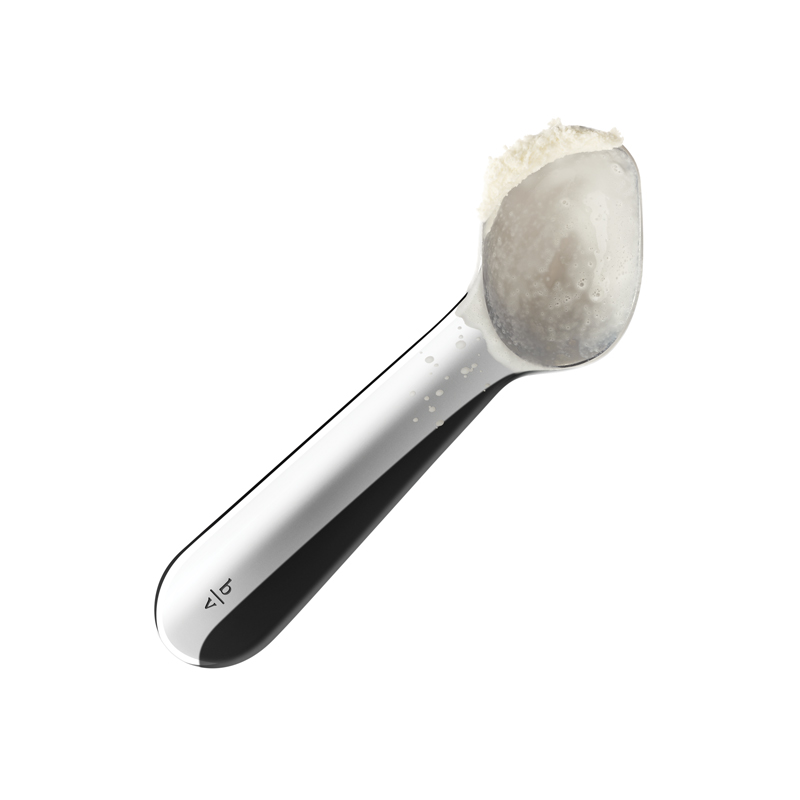 National Design Award Goes to SJSU Alumnus
National Design Award Goes to SJSU Alumnus
How can your SJSU Industrial Design degree land you at the White House? Funny you should ask.
Because that’s what happened to alumnus Gerard Furbershaw when the Cooper-Hewitt, Smithsonian Design Museum announced that his firm LUNAR had won their National Design Award for Product Design.
Besides landing the prestigious honor, the design world’s equivalent of an Academy Award, there were other perks. “It was the weirdest experience. I rounded a corner in the White House and there she was….” She, meaning Michelle Obama. “It was incredibly emotional. She’s such a warm and unassuming person, and she has this aura about her that makes you feel completely accepted.”
The presenter at the actual awards ceremony noted, “For thirty years LUNAR has been a beacon of progress in design. They carved a niche that wasn’t there—a design that is distinctly American, Californian, and approaching technology objects in a completely new way.”
As with most success stories, the end result lies in a beginning confluence of people, timing, and place.
Gerard Furbershaw, Jeff Smith, and Robert Brunner had worked together at a Palo Alto product development firm. They became frustrated with their employer’s traditional approach and founded LUNAR in 1984—a pivotal year in the Silicon Valley that saw the debut of the Macintosh computer and HP’s first laptop. Brunner, another SJSU Industrial Design graduate, later left the company to become Director of Industrial Design at Apple Computer.
But at their LUNAR start-up, Furbershaw, Smith, and the staff in their San Francisco office would go on to create award-winning designs for the next thirty years. They amassed a list of dream clients: Apple, Cisco, Clorox, Coca-Cola, Dell, DKNY, Google, Hewlett-Packard, Intel, Johnson & Johnson, Kimberley Clark, Motorola, Nike, Pepsi, Phillips, Rubbermate, Seagate, Siemans, Sony, Steelcase, Sun Microsystems, and Xerox.
Clearly the physical proximity to Silicon Valley made an impact on their attractiveness to tech clients. But beyond the geography there were other factors that lured LUNAR to their projects. As Furbershaw notes: “There was a difference to the Silicon Valley design because most of these tech projects were for new products—they came with few visual precedents.” This freedom was like catnip for a bunch of maverick designers and prompted their “distinctly American, Californian” aesthetic.
Ironically, this aesthetic had grown out of the LUNAR founders’ admiration for European designers like Hartmut Esslinger and Bill Moggridge. “We were blown away by their work and kept wondering ‘How do they get their clients to let them do these designs?’” When the three California entrepreneurs founded their own firm, their guiding ethic was not money. “It was all about great design.”
 In the course of thirty years of successful practice, however, it’s safe to say that money has been made as a by-product of this devotion to “great design.” Today, Furbershaw has decided to share some of it with his alma mater.
In the course of thirty years of successful practice, however, it’s safe to say that money has been made as a by-product of this devotion to “great design.” Today, Furbershaw has decided to share some of it with his alma mater.
The award-winning alumnus discusses why he chose to give back to the university by becoming a donor: “I owe San José State a lot. When I went back to campus to give a talk twenty years after I graduated, I noticed the students were still using the same desks that had been there when I was in school—and already at that time they were old—they looked like they’d been there since the Civil War!”
Some details only a product designer would notice.
Please see our Gerard Furbershaw profile for more details, and watch the video to hear his story.
By Cathleen Miller



